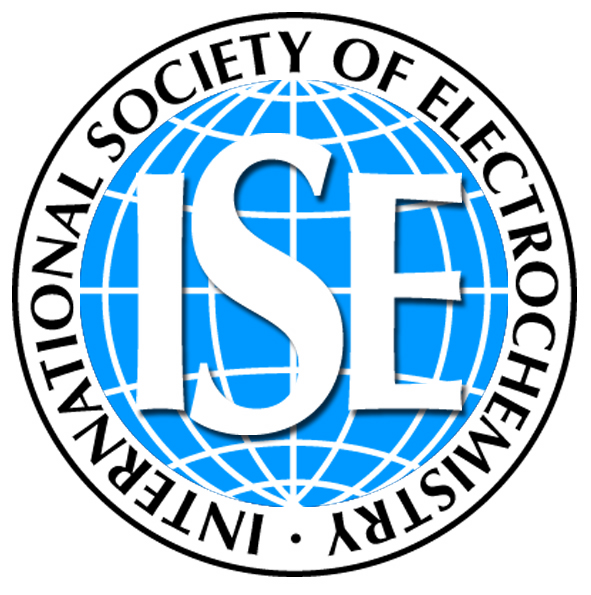
|
Elecnano4 - 7th ECHEMSParis, France23 - 26 May 2011 |

|
Electrocatalytic Reduction at Nanostructured Materials:
a Convenient Process to use CO2 as a Renewable Carbon Source?
A. Deronzier
Université Joseph Fourier Grenoble 1, Département de Chimie Moléculaire, UMR-CNRS 5250
Laboratoire de Chimie Inorganique Rédox, B.P. 53, 38041 Grenoble Cédex 9, France
E-mail : alain.deronzier@ujf-grenoble.fr
Depletion and increasing costs of fossil resources have led to search for new alternative carbon raw materials for chemical synthesis. Utilizing renewable resources is a prerequisite for sustainable organic chemistry. One easily available green renewable carbon source is carbon dioxide (CO2) which is naturally abundant, inexpensive, non-flammable and non toxic. The biggest obstacle in CO2 utilization is its low energy level since CO2 is the most oxidized form of carbon. Therefore the conversion of CO2 requires the use of catalysts to overcome high kinetic barriers stabilizing CO2. The catalytic electroreduction using molecular catalysts appears as a convenient method to achieve the transformation of CO2 into more reactive forms such as HCOOH or CO.
In this context, we have developed a method to synthesize original electrocatalytic molecular redox systems, based on linear polymetallic chains involving non-bridged metal–metal bonds. An example of such molecular wire is [Ru(bpy)(CO)2]n (bpy = 2,2’-bipyridine).
The metal–metal chain formation is easily achieved by electrochemical reduction of a mononuclear precursor complex like [Ru(bpy)(CO)2Cl2] for instance, the resulting molecular wires being obtained as strongly adherent films on conducting surfaces. Those molecular cathodes operate at a low overpotential in pure aqueous electrolytes for the efficient electrocatalytic reduction of CO2. The product selectivity toward CO/HCOOH can be tuned by varying substituents at the bpy ligands.
To facilitate the handling of this type of material in air and to avoid its disintegration, more practical materials have been also developed based on thin films of preformed polypyrrole (ppyr) N-functionalized by the precursor of those polymetallic chains.
Moreover in order to test the capabilities to this kind of material to reduce CO2 into highly valuable compounds like fuels (hydrocarbons or alcohols) we have designed some new materials. We combined in a same polymeric matrix a metallic centre able to electroreduce CO2 into CO with a catalytic one able to hydrogenate CO in-situ. Two strategies have been used, the first one involved a metallic complex known as an hydride producer, the second one platinum and non platinum metal nanoparticles










